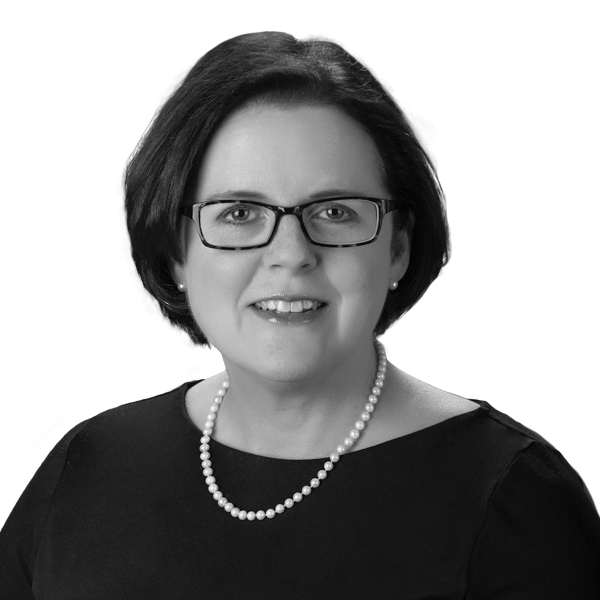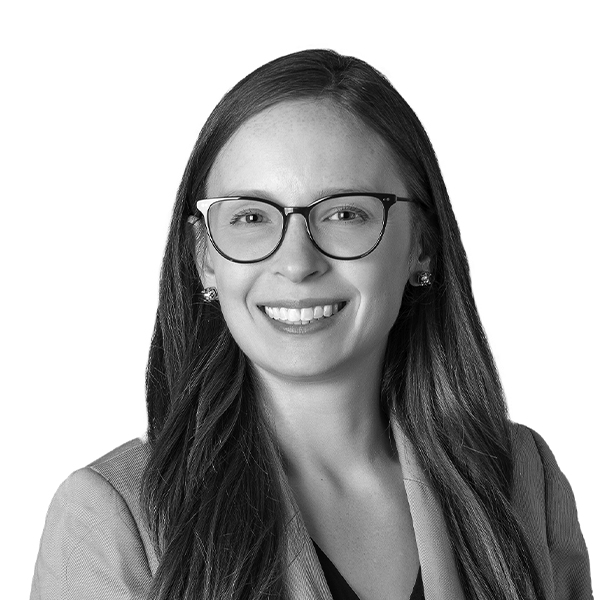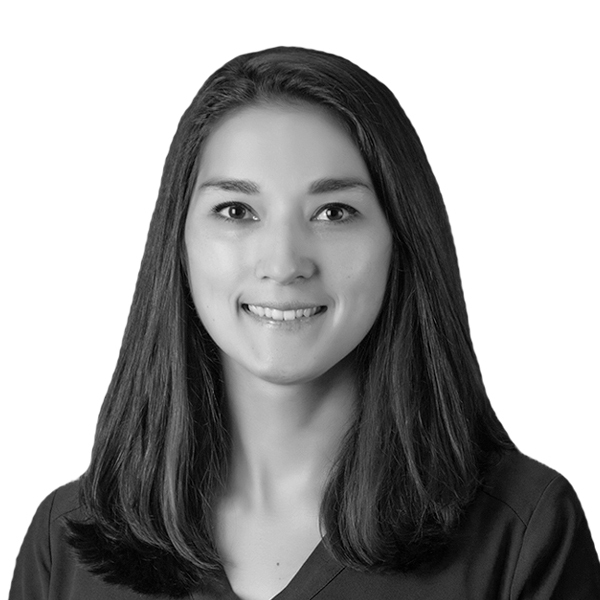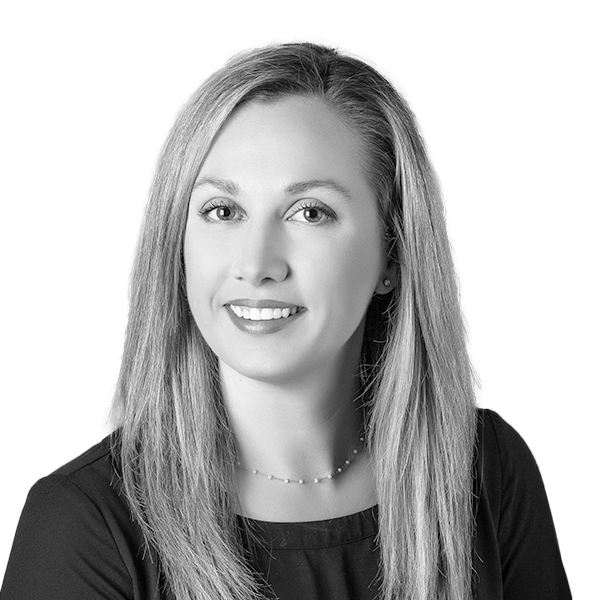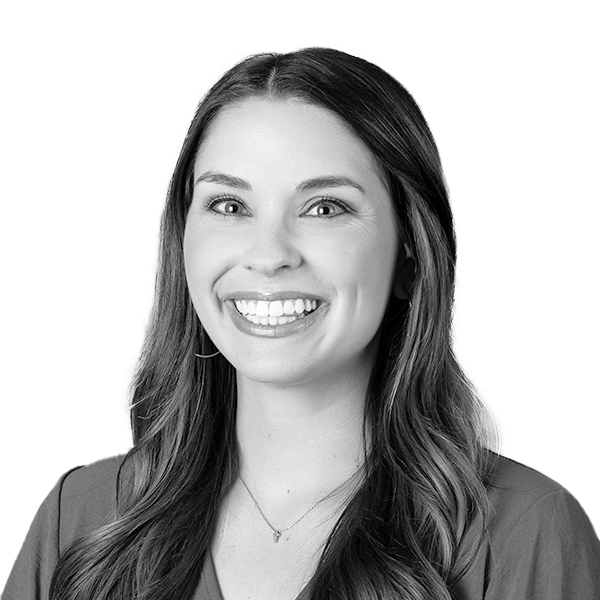Dedicated to providing the highest level of breast care‚ with a focus on prompt‚ personal attention.
Meet Our ProvidersOur Services
Call (334) 747-7440 to make an appointment.
Physician referral required.
At the UAB Breast Health Clinic, part of the UAB Medicine Multispecialty Clinic at Baptist Medical Center South, we are dedicated to providing the highest quality service and care to the women of Central Alabama. Here, we focus on personalized care, easing fears and explaining every step in the breast surgery process to bring you peace of mind, while also providing compassionate care in an atmosphere that caters to the needs of women and their families.
At the UAB Breast Health Clinic, our trained surgical breast oncologists have dedicated their practice to the treatment of all diseases of the breast, both benign and malignant. We offer prompt, comprehensive, compassionate, state-of-the-art care, individualized to your specific needs.
Click here to learn more about other UAB Medicine Specialties
- Breast ultrasound
Our surgeon has extensive experience in the use of diagnostic ultrasound. The use of breast ultrasound in the office often allows us to determine on the first visit that a palpable lump or mammographic mass is a simple cyst that needs no further evaluation or treatment.
- Fine needle aspiration
An ultrasound-guided fine needle aspiration uses sound waves to localize a lump or abnormality in the breast or underarm and to guide the needle, allowing cells to be removed from the mass for microscopic examination. It is less traumatic than larger needle biopsies but does not give as much specific information concerning the nature of the mass. It is frequently used when there is a suggestion that lymph nodes under the arm might have cancer in them.
- Ultrasound guided core needle biopsy
An ultrasound-guided needle breast biopsy uses sound waves to localize a lump or abnormality in the breast or underarm and to guide the needle, allowing a sample of tissue to be removed for microscopic examination. The procedure is done under local anesthesia through a tiny skin nick, usually on the initial office visit. The needle biopsy procedure is quick, results in little, if any, scarring, and does not involve exposure to radiation.
- Ultrasound guided vacuum assisted biopsy
A spring loaded core biopsy device takes samples of tissue from palpable or mammographically detected masses and usually gives an accurate diagnosis. There are times when a different type of biopsy that obtains larger cores of tissue is beneficial. A vacuum assisted biopsy device is able to take multiple cores of tissue with a single insertion of the needle. It is particularly useful when the mass is very small, making it difficult to biopsy it accurately with a spring loaded device. If the mass is within the wall of a cyst, it is also easier to accurately target the lesion with a vacuum assisted device. At times, the entire mass can be removed with these devices.
- Insertion of Marking Clip
Regardless of the type of needle biopsy that is performed, we frequently insert a tiny titanium clip into the breast to document the position of the area that has been biopsied. If the biopsy is benign, the clip will remain in the breast but should not cause any trouble. It will not set off scanners in the airport, and you can still have an MRI with the clip in place. If the mass turns out to be a cancer, the clip marks the spot that will eventually need to be removed. The clip can usually be seen with ultrasound, allowing us to make an incision right over the cancer in the operating room.
- Risk assessment for breast cancer and for hereditary cancer
It has become increasingly important in recent years to evaluate a woman's risk for developing breast cancer in order to know how to best screen her for early detection of cancer. It is particularly important to estimate that risk when her mammogram has dense breast tissue that might obscure a breast cancer, in order to know whether the risk is high enough to justify screening with ultrasound or magnetic resonance imaging (MRI). At the UAB Breast Health Clinic, we routinely use five different computer models, each of which looks at different risk factors, in order to estimate that risk. In general, if the lifetime risk of breast cancer is at least 20%, high risk screening with MRI is indicated. For women with dense breast tissue on mammography, a lifetime risk of 15% probably justifies MRI screening.
- Genetic testing for BRCA and other hereditary mutations
If you meet the criteria for genetic testing, we will discuss the potential advantages of testing with you. Although it can be done on saliva, we generally send a blood sample to a special laboratory that does the testing. It generally takes about a month to get the result, at which time we will discuss the results with you. We may recommend that you see a genetic counselor if your situation warrants that consultation.
- Partial mastectomy (lumpectomy)
Since the early 1990's, the preferred surgical treatment for most breast cancer has been breast preservation, frequently referred to as a partial mastectomy or lumpectomy. Many excellent studies in which women were randomly assigned to either mastectomy or partial mastectomy have demonstrated that there is no difference in survival whether a woman chooses mastectomy or breast preservation. The studies were done in the early 1970's, so the follow-up of those patients is very long, and our confidence in the findings is quite high. A partial mastectomy consists of removing the cancer and a small rim of normal tissue around it to be sure all of the cancer has been removed. We usually use ultrasound in the operating room to help us know what tissue to remove, frequently injecting a small amount of blue dye that serves as a visual guide for what to remove. When we cannot feel the cancer, and frequently even when we can feel it, an x-ray of the specimen is taken immediately after removing it in order to determine how close the cancer or the clip marking the spot of the cancer is to the tissue that we have cut across. We have a special x-ray machine in the operating room to x-ray the specimen. The digital images are available within seconds and can be transmitted electronically almost immediately to the breast radiology specialists for review.
- Total mastectomy
A mastectomy is still needed about a third of the time, when the cancer is extensive in the breast and it would be difficult to remove it all without severely deforming the breast. Often, it is difficult to be sure where the borders of the cancer begin and end, making it difficult to know just what part of the breast to remove. Other times, when there is extensive malignant calcification on the mammogram, particularly if it extends up under the nipple, a mastectomy is a better option. Sometimes, when a cancer is too large to allow breast preservation and the borders are distinct, pre-operative (also called "neo-adjuvant" or "induction") chemotherapy or hormonal therapy can shrink the cancer such that it can be removed with less deformity, and the breast can be spared. Mastectomy frequently requires a short hospital stay, usually just overnight unless a major reconstruction procedure is planned, but it is also sometimes done outpatient.
- Reconstruction
When a mastectomy is necessary, we encourage women to consider immediate reconstruction, and we will make you an appointment to see a plastic surgeon. It is "reconstructive" and not "cosmetic" surgery, and is therefore covered by essentially all insurance companies. Medicaid does have some restrictions on what they will cover. There are many advantages to immediate reconstruction. The psychological advantage is obvious. In addition, the "pouch of extra tissue" is not noticeable when the breast has been reconstructed. One type of reconstruction in relatively young women is a TRAM (Trans Rectus Abdominus Myocutaneous) flap, where skin, fat, and some muscle are tunneled from the abdomen to the breast region to create the new breast. (It is popular with some women because they get a "tummy tuck" in the bargain.) It is a large operation, requires about 4 days in the hospital, and takes about 6 weeks of recovery time, but it gives an excellent reconstruction and does not require artificial implants. In most women over the age of 60 or so, and in some women under that age or in those who do not have enough tummy fat to use, a tissue expander reconstruction is generally used. (Donations of tummy fat from friends and relatives won't work!) This is a smaller operation than a TRAM and usually doesn't extend the overnight hospitalization. It is also sometimes done as an outpatient procedure. At the end of the mastectomy, the plastic surgeon comes in and inserts an expander behind the pectoral muscle. Fluid is gradually added over a period of months through a needle inserted into a valve beneath the skin, until the skin has been stretched enough to accommodate an implant. In an outpatient procedure, the expander is then exchanged for the permanent silicone implant.
- Sentinel node biopsy
One of the common places breast cancer spreads is to the lymph nodes under the arm, called the axillary nodes. In the past these nodes were always removed in patients with infiltrating breast cancer in an operation called axillary lymph node dissection. There were several problems with that approach. Many patients (in the range of 25-30% or so) developed a permanent swelling of the arm called lymphedema. In addition, there was a great deal of numbness and discomfort in the axilla (underarm) and upper part of the arm. It was also not a very reliable way of determining whether tumor was present in the nodes. Pathologists all around the country would routinely take one or two samples from the middle of the lymph node and, if no cancer was present there, they would report it as "node negative." We know from many studies that tumor was present elsewhere in the node in 20 -- 30% of patients and was not detected by that method. It was not practical, though, for the pathologist to do a detailed examination of all 15 or 20 lymph nodes. Those problems have been largely resolved by a technique known as sentinel node biopsy. When we give the pathologists a small number of nodes (sentinel nodes) to examine, they can make multiple serial sections through the nodes looking for small amounts of tumor. It is a much more accurate way of finding tumor in the node than the old way of making one or two sections through the center of the node, and it has markedly reduced the risk of lymphedema.
- Skin and Nipple Sparing Mastectomy
Over the past two decades, the way we perform a mastectomy has evolved. In performing a "traditional" mastectomy, much of the overlying skin, as well as the nipple areolar complex, is removed. We now know that it is safe to remove much less skin, and even preserve the nipple areolar complex. Studies have demonstrated the safety and feasibility of skin sparing mastectomy and nipple sparing mastectomy in the setting of cancer.
